

Heavy, pre-monsoon rains affected northeastern India and Bangladesh beginning mid-May, leading to landslides, river overflow and floods. The May flooding displaced millions and was among the worst in Bangladesh. Heavy rains and flooding, especially in Bangladesh, continued throughout the month of June. This flooding was among the worst in 122 years in the Sylhet region. China was also hard hit by rains in June.
It is not unusual for Bangladesh to flood as it is “the lowest riparian nation (located near rivers or other water bodies) in the Ganga-Brahmaputra-Meghna basin.” Additionally, when certain parts of India flood, that water later moves into Bangladesh. is
Climate change has brought heavier rainfall incidents and lasted longer than in previous seasons. However, the summer monsoon rainfall totals, which bring 70% of India’s annual rainfall, have decreased. The South Asian monsoon season typically begins in June, although this year’s impacts began during May in coastal and island communities.
Scientists have indicated that the severity and impact of flooding from the monsoons is only going to worsen in years to come.
(Photo: Incessant rainfall over several weeks in the North-East Indian states led to rising water levels in the North-East part of Bangladesh, causing flash floods in the region, May 2022. Credit: © 2022 IDEA)
Continual rains throughout May and June resulted in ongoing damage and challenges in carrying out rescue, relief and recovery operations. In addition, as water moved south, lower-lying districts flooded. For example, in Bangladesh, even as the flooding situation improved in Sylhet, there was increased flooding in the low-lying Netrokona district.
In the first three weeks of June, Meghalaya, a northeastern state in India, saw almost three times its average June rainfall. At the same time, Assam received double its monthly rain. Water from rivers in these two states flows into the Bay of Bengal in Bangladesh, causing flooding in that country. At just a few feet above sea level, about 80% of Bangladesh is a floodplain.
In addition to the flooding, much of South Asia was impacted by heat waves for several months. Temperatures in parts of India reached 122 F (50 C). Like the floods, the hot weather was linked to climate change, although it is unusual in a La Niña season to reach such highs. The hot weather caused power outages and buckled roads and railway tracks. Heat waves create negative interactions that increase flooding risk and drought. By drying out the land, it is harder for water to be absorbed and therefore, it is more likely to pool and flood.
Latest Updates
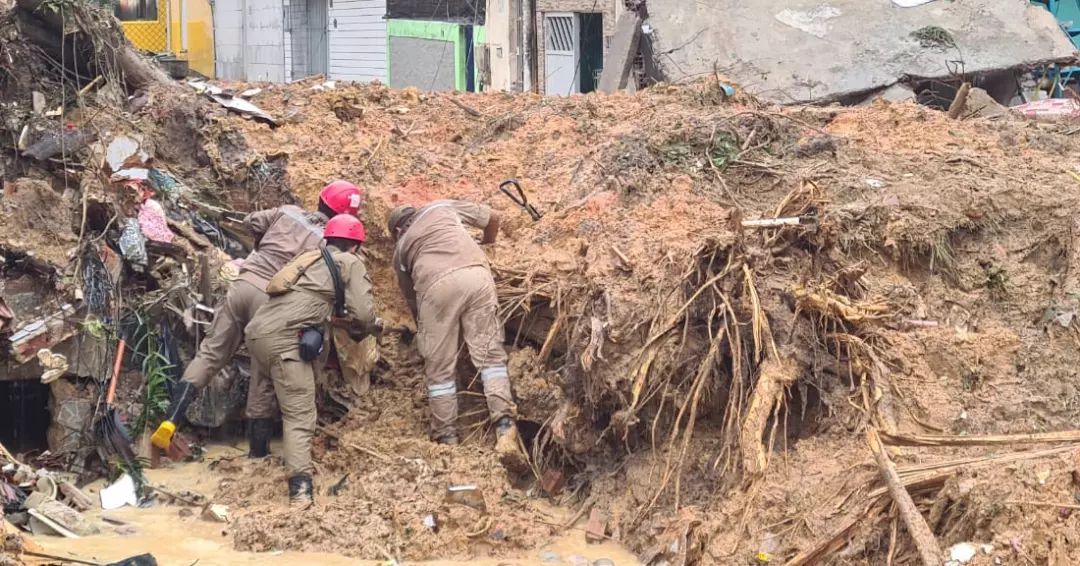
What we’re watching: Weekly disaster update, May 30
What wass the overall impact?
At least 318 people died across India (177 people) and Bangladesh (141 people) from the various floods that started in May. At times, millions of people were affected and forced to leave their homes.
According to the Needs Assessment Working Group Bangladesh:
- 80% of the north-eastern region of Bangladesh was flooded
- flooding destroyed 185,000 acres of paddy and 741,000 acres of other crops, including maize, jute and vegetables. Nearly 300,000 acres of cropland including Aman (rice) paddy, seedbed, maize, vegetables, and other cash crops were flooded which exacerbated food insecurity in the northeastern districts.
- Public, private, and household grain storage was severely affected.
- Fish hatcheries and farms have been washed away, affecting both livestock and fisheries.
In China, “Guangdong’s emergency management department said that the rainfall has affected 479,600 people, ruined nearly [75 acres] 30 hectares of crops and caused the collapse of more than 1,700 houses, with financial losses totaling $261 million, the official Xinhua News Agency reported.”
China’s northernmost area was also facing extreme temperatures.
Loss of housing
Thousands of villages experienced flooding. Hundreds of thousands of people took refuge in relief camps because of the flooding.
Education
The flooding has affected hundreds of educational facilities across all countries. Hundreds of schools have been damaged and students displaced. Continued disruption to learning because of the COVID-19 pandemic is exacerbated in the wake of a disaster. Many of the schools that were not damaged were used as shelters or distribution sites. Additionally, the education ministry postponed Secondary School Certificate and equivalent exams throughout Bangladesh.
Water, sanitation and hygiene
As of late July 2022, the NAWG stated that “According to the Department of Public Health Engineering (DPHE), the floods have damaged 49,885 sanitation facilities and 44,254 water sources.” Many of these were tube wells the primary source of drinking water for 90% of the population in rural Bangladesh. UNICEF reported that 1.5 million children in the country were at-risk for waterborne diseases, drowning and malnutrition.
Those people whose homes have been damaged will require food and nutrition, protection, health care and water, sanitation and hygiene (WASH).
Cash assistance
The most critical ongoing need is unrestricted cash donations and support for emergency housing for affected families. Many people lost everything in the flooding and landslides. Direct cash assistance can allow families to purchase items and services locally that address their multiple needs. It gives each family flexibility and choice, ensuring that support is relevant and timely. Cash assistance can also help move families faster towards rebuilding their lives.
For those who lost their incomes, especially daily wage earners, there is a need for emergency livelihood support, investment in entrepreneurship and small business activities, as well as animal feed.
Long-term recovery
Long-term recovery needs include long-term shelter or rebuilding of homes, economic recovery and COVID-19 support.
Agriculture, aquaculture, food and nutrition
The combined impact of the heat waves and rains affected wheat and rice harvests (land, supply and livelihoods). Given supply chain issues and the international food crisis caused by COVID-19 and the war in Ukraine, the cost of food and agricultural products was already rising and facing shortfalls. This has now been exacerbated. In addition to short-term feeding needed during displacement, long-term food security and nutrition needs must be addressed.
In addition, India is the second-largest producer of wheat. As a result of the heat wave, the government banned foreign wheat exports, which impacted the global supply chain, where prices had already risen 40%. Mango production has also suffered massive losses.
Fish were washed away in large quantities and the economic impact on Bangladesh’s aquaculture industry was about $15 million.
Climate-smart agricultural support for small farmers is critical. Between Bangladesh and India, nearly half a million acres of farmland flooded.
Protection
After a disaster, gender-based violence, including sexual assault and trafficking of vulnerable individuals, are a priority concern. Protection and security of children in the camps and out of school are also major concerns.
COVID-19
As with all countries, COVID-19 has added a layer of complexity to disasters and disaster recovery. Several health centers have been damaged or destroyed, making COVID-19 treatment and vaccinations more difficult. It also affects prevention activities and treatment for waterborne illnesses.
As of Sept 9., 2022, the COVID-19 totals were:
- India: 44,484,729 cases and 528,121 deaths. These numbers are estimated to be severe undercounts due to a lack of testing, tracing and tracking during the May 2021 COVID-19 surge. India has the second-highest number of cases in the world and the third-highest number of deaths.
- Bangladesh: 2,014,355 cases and 29,331 deaths. Bangladesh has the 45th -highest number of cases and 35th-highest number of deaths.
- China: 246,328cases and 5,226 deaths. China has the 108th highest number of cases and the 89th highest number of deaths. The death total has not changed since the end of June.
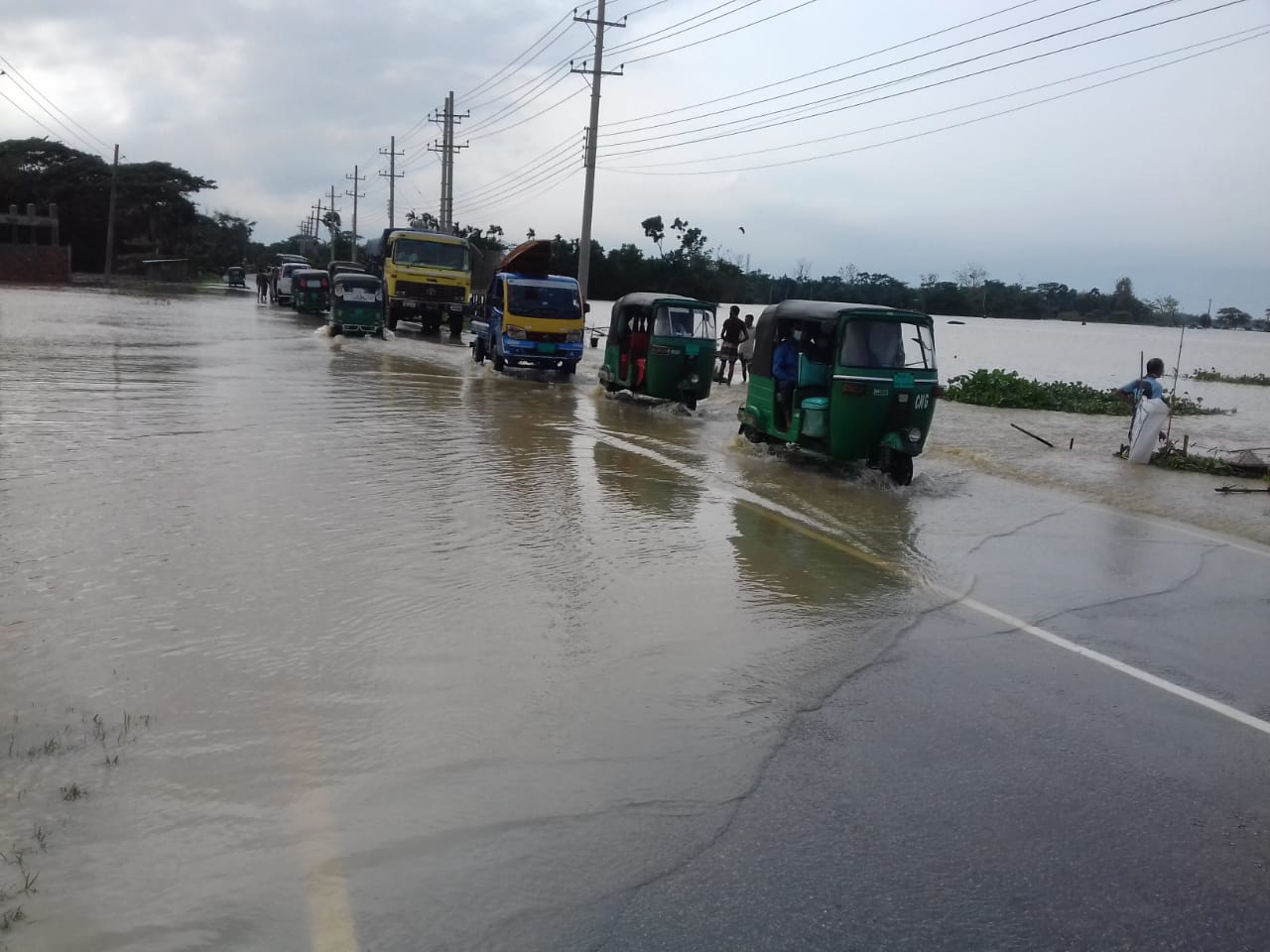
The Center for Disaster Philanthropy (CDP) has a Global Recovery Fund that provides an opportunity for donors to meet the ongoing and ever-expanding challenges presented by global crises.
Contact CDP
Philanthropic contributions
If you would like to make a donation to the CDP Global Recovery Fund, please contact development.
(Photo credit: © 2022 IDEA)
Recovery updates
If you are a responding NGO or a donor, please send updates on how you are working on recovery from this disaster to tanya.gulliver-garcia@disasterphilanthropy.org.
We welcome the republication of our content. Please credit the Center for Disaster Philanthropy.
Donor recommendations
If you are a donor looking for recommendations on how to help with disaster recovery, please email regine.webster@disasterphilanthropy.org.
Philanthropic and government support
Relief camps and distribution centers were opened by the government. All countries are providing basic commodities and cash assistance to families. A number of non-governmental agencies are active throughout the region providing relevant support.
CDP awarded a $250,000 grant from the Global Recovery Fund to START Network in 2022 to support its local Bangladeshi NGO members to protect 15,670 flood-affected people from indignity and exclusion, support their recovery from the shocks and stresses of recent flash floods in the wider Sylhet region, and increase their resilience to future floods.
Resources
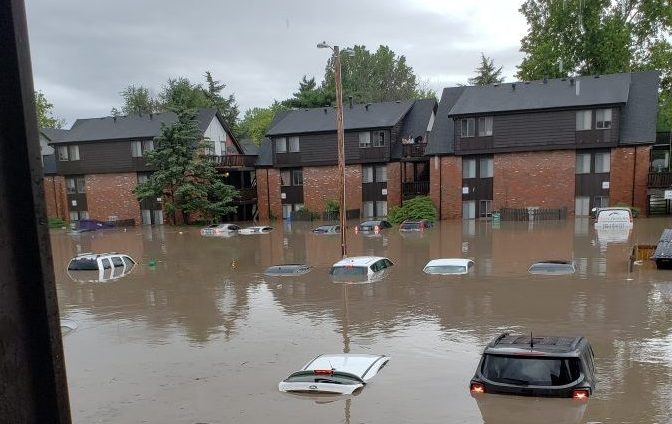
Floods
Flooding is our nation’s most common natural disaster. Regardless of whether a lake, river or ocean is actually in view, everyone is at some risk of flooding. Flash floods, tropical storms, increased urbanization and the failing of infrastructure such as dams and levees all play a part — and cause millions (sometimes billions) of dollars in damage across the U.S. each year.
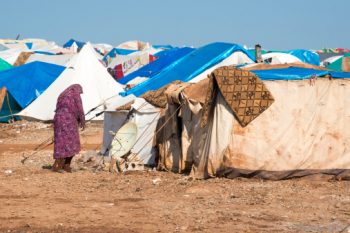
Emergency and Interim Shelter
After a disaster, shelter is more than a place to rest, it is a place of security, access to food, water and medical treatment. A place to start recovering after a disaster.
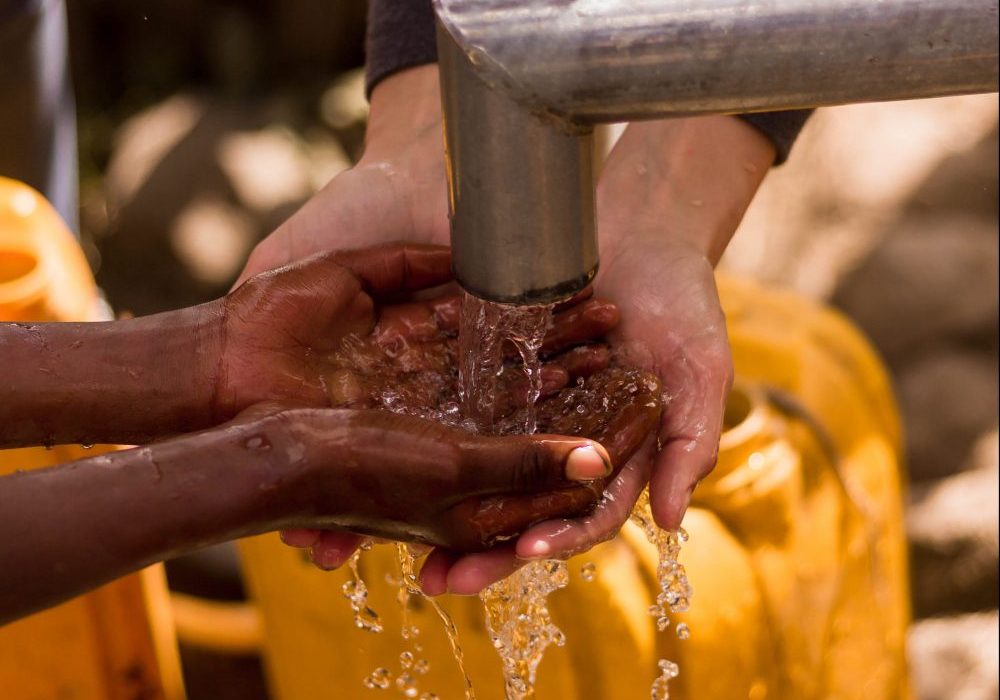
Water, Sanitation and Hygiene (WASH)
Water is one of the most necessary elements for life, yet according to the World Health Organization/UNICEF, 2.1 billion people lack access to safely managed drinking water. In addition, 4.5 billion people lack safely-managed sanitation facilities. Water, sanitation and hygiene (WASH) principles are of tremendous concern in everyday life, but can be heightened during an emergency or disaster.